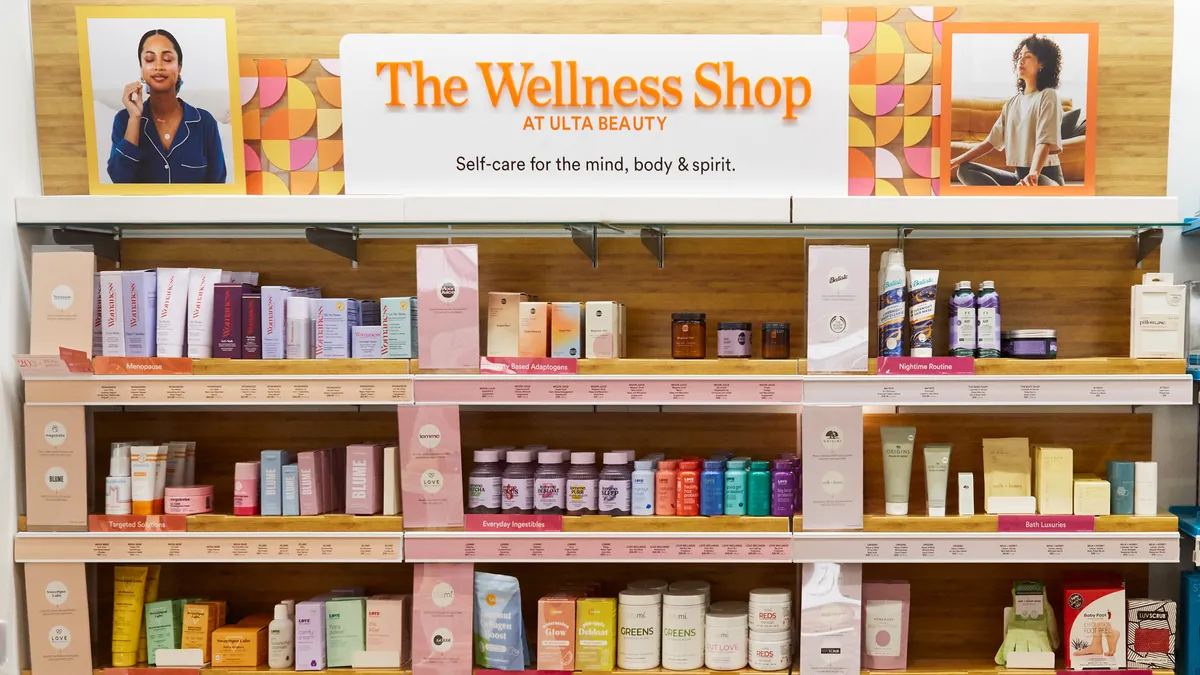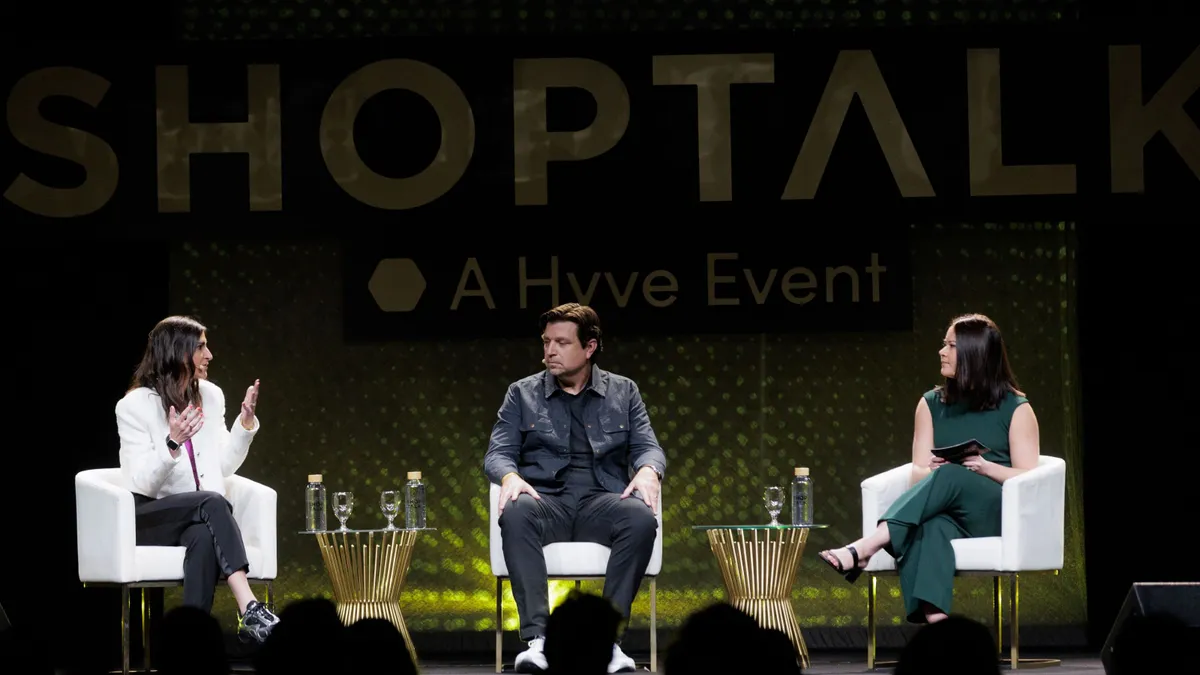All year, consumers seem to have been on their last nerve as inflation shrank their pocketbooks. Yet month after month, they spent more than many analysts expected them to, including on discretionary goods.
Now comes retail’s annual invitation to discretionary spending, the holiday shopping season. Arguably, it has already begun: Several analysts peg Amazon’s second Prime shopping event of the year, held last week, as the kickoff of the season.
Retailers have more competition than ever, considering that, in recent years, consumers have shifted their priorities toward experiences over goods. That is likely to be true again this year, as many more people give travel, entertainment and other activities as gifts, according to Gregg Katz, head of product innovation and marketing at RetailStat.
With this year’s particular quirks — including an unusually short period between Black Friday and Christmas Day, a presidential election and the fallout from inflation — what will consumers do?
Here are some clues:
Inflation
The specter of inflation, which has overshadowed the economy in general and retailers’ prospects in particular, isn’t entirely gone. Some recently released research finds that inflation worries are on holiday shoppers’ minds, keeping them selective even as they plan to increase their budgets.
But much has changed since many of those surveys were conducted, with Consumer Price Index measurements showing steady price declines and a surprising half-point prime rate cut from the Federal Reserve last month. In September, overall annual inflation cooled further to 2.4%, “the smallest 12-month increase since February 2021,” according to Thursday’s CPI report from the Bureau of Labor Statistics.
“While sentiment remains below its historical average in part due to frustration over high prices, consumers are fully aware that inflation has continued to slow,” Joanne Hsu, director of the University of Michigan’s Surveys of Consumers, said of the center’s September report. “Sentiment appears to be building some momentum as consumers’ expectations for the economy brighten.”
Like other constraints on household budgets, lingering price pressures will affect lower-income consumers more than higher-income ones, according to Katz, speaking on a Retail Dive panel on holiday consumer behavior last month.
Some budgets are hemmed in by other expenses, he also said. While wealth is concentrated among baby boomers and Gen X, for example, many Gen X and older millennial consumers are spending on elder care as well as child care. Many younger consumers are hobbled by student debt, especially since some Biden administration efforts to forgive various tranches of loans have been foiled. But some of those cohorts have more spending money because they live with their parents and are free of rent and other major expenses, Katz said.
Most analysts cite wage growth and strong employment as the biggest boosts to the consumer.
“Consumers have gained spending power with wage growth higher than inflation, especially goods inflation,” said Dana Telsey, CEO and chief research officer of Telsey Advisory Group, citing a pattern from recent months that has continued into September.
The economy added 254,000 jobs in September, pushing the unemployment rate down slightly to 4.1%, and average hourly earnings rose 4% year over year, according to the U.S. Bureau of Labor Statistics, again beating inflation.
Credit card debt
Ballooning credit card debt was blamed for lackluster sales early this year, with many consumers turning to credit cards and other loans, including buy now, pay later options, to manage inflation.
This seems to have eased somewhat. Adjusted for inflation, outstanding credit card debt is 13% below the all-time record, according to an Oct. 7 report from WalletHub. Consumers added almost $36 billion in credit card debt during Q2 2024, down 17% from a year ago, per that report.
That’s still high, though, and this debt is stressing out more than a third of U.S. consumers, according to another WalletHub study. Half say they’re worried that buy now, pay later debt will show up in their credit reports.
Still, it’s also likely to fund holiday purchases and fuel discretionary spending, as WalletHub also found that 20% use these payment methods on nice-to-have expenses, rather than necessary ones.
The presidential election
The last U.S. presidential election occurred at an already volatile time, when the pandemic was at its peak and tensions were high, and helped fuel uncertainty, including for retailers. This year, though, the ballot box is unlikely to affect the retail season, which has been true historically in most election years, according to Meghann Martindale, who leads retail market intelligence for commercial real estate services firm Avison Young.
Moreover, in 2024, year-over-year comp growth has “normalized,” with retailers no longer benchmarketing to pre-pandemic 2019, she said. The election occurs in the midst of the season, too, with plenty of time afterward for celebration and shopping, she said, speaking at Retail Dive’s event.
“I think [the election] adds some complexity, but I personally don't think it's going to have an impact on consumer spending for the holidays,” she said. “Holiday sales, I think, is normalized. Supply chains, fairly normalized. There's obviously still a lot going on, there are a lot of changes. But, I think for those reasons, I just don't see it having much of an impact.”
It may affect marketing, however, according to Kelly Pedersen, partner at PwC, because campaigns are taking up so much air time with their own advertising.
“We expect some retailers to go heavy early on, probably dissipate a little bit mid-holiday season, and then back at it again in late November,” he said. “So it could be a really good time for consumers to shop right now.”
Time is short
This year features the shortest length of time between Thanksgiving and Christmas Day since 2019 — five fewer days than in 2023 — concentrating the busiest time of year into just four weeks.
“When it comes to the holidays, people are looking for promotions and deals, and we're in that peak season right now,” Martindale said. “It's already starting — you're already starting to see teaser deals for Black Friday and chasing the promotion, and because of that shorter selling season, it's just more ammunition to bring that promotional cycle, the sales cycle, up further.”
However, the push from Amazon and others to jump-start the season early seems to have fallen flat, according to preliminary Salesforce data, perhaps due to devastating storms in the Southeast that have dominated the news.
“There is evidence that current events in the US are resulting in a quieter than planned Prime Day event,” Salesforce Director of Consumer Strategy and Insights Caila Schwartz, said in emailed comments. “As brands continue to prioritize the health and safety of their customers, marketing efforts have been pulled back, contributing to the fall in overall YoY results so far this week.”





















